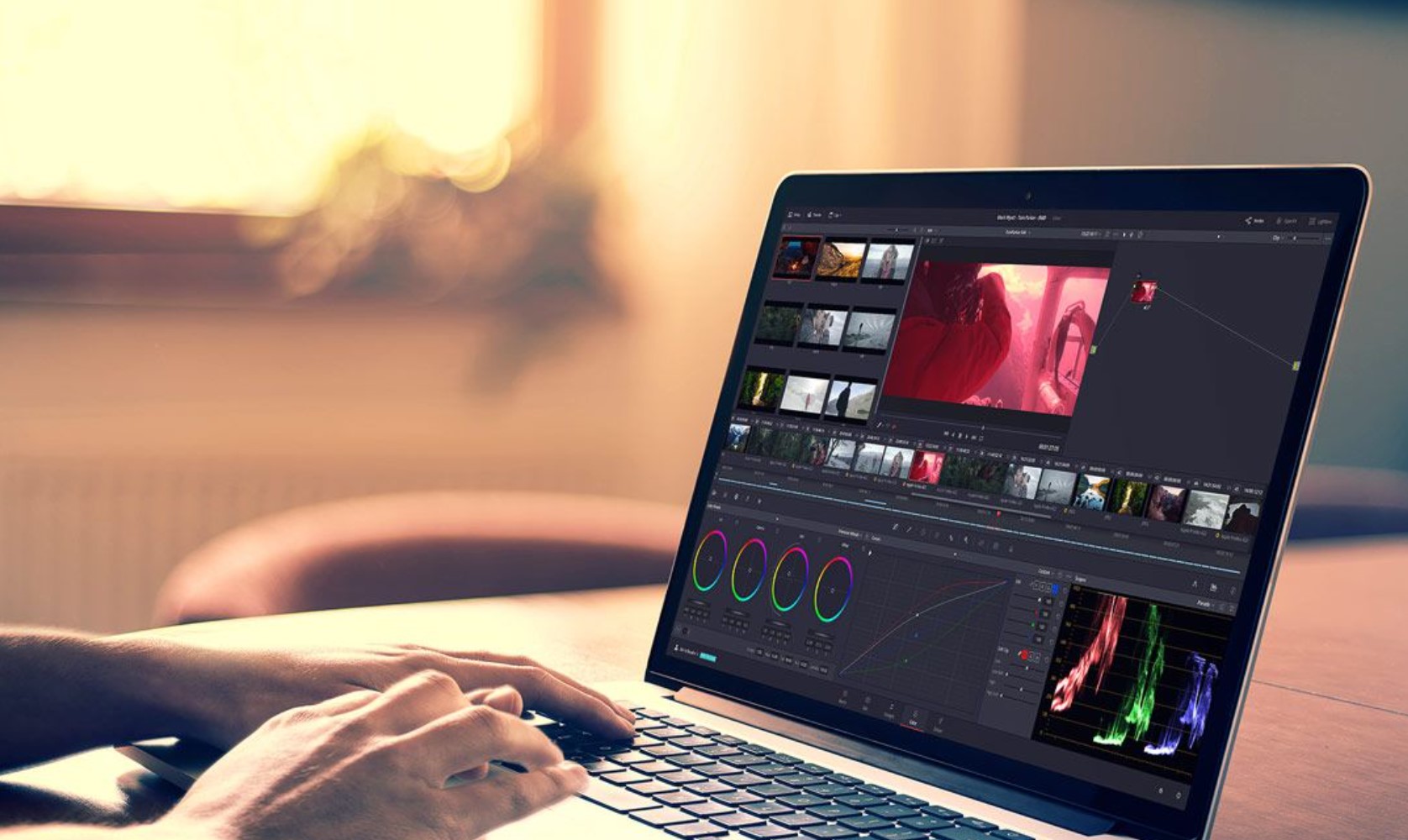Whether you aspire to be a professional videographer, a YouTuber, or simply want to enhance your home videos, learning the ropes of video editing is essential. In this article, we will take you on a journey through Video Editing 101, where you will gain the knowledge and expertise needed to create stunning videos.
Video Editing 101: Learning the Ropes is a comprehensive guide designed to equip beginners with the fundamental concepts and techniques of video editing. We will explore various aspects of video editing, including software tools, editing techniques, creative tips, and much more. So, let’s dive in and unravel the secrets of video editing together!
Video Editing 101: Learning the Ropes
Video Editing 101 is your stepping stone into the exciting world of video editing. In this section, we will cover the core concepts and principles that will lay the foundation for your journey as a video editor.
1. The Art of Storytelling Through Video Editing
Video editing is more than just arranging clips; it’s about storytelling. To create compelling videos, you need to understand the art of storytelling and how it intertwines with video editing. Think about the message you want to convey and the emotions you want to evoke in your audience. By carefully selecting and sequencing your shots, you can craft a powerful narrative that resonates with viewers.
2. Choosing the Right Video Editing Software
The choice of video editing software plays a pivotal role in your editing journey. There are numerous options available, each with its unique features and capabilities. From industry-standard software like Adobe Premiere Pro and Final Cut Pro to free alternatives like DaVinci Resolve and Shotcut, the market offers a wide array of choices to suit different needs and budgets. Research and experiment with different software to find the one that aligns with your editing style and requirements.
3. Conception Video Formats and Codecs
Video files come in various formats and codecs, each with its own characteristics and specifications. Familiarize yourself with popular video formats such as MP4, MOV, and AVI, and understand their compatibility with different platforms and devices. Furthermore, learn about codecs like H.264, HEVC, and ProRes, as they determine the video’s compression, quality, and file size. By understanding video formats and codecs, you can optimize your workflow and ensure the best output for your videos.
4. Importing and Organizing Your Footage
Before you start editing, it’s crucial to import and organize your footage efficiently. Create a logical folder structure to store your video files, making it easier to locate and access them when needed. Renaming files and adding descriptive metadata can also streamline the organization process. Additionally, consider creating proxies for high-resolution footage to improve editing performance, especially if your computer’s hardware is not optimized for heavy editing tasks.
5. Mastering the Timeline and Editing Tools
The timeline is the heart of your video editing software, where you arrange and manipulate your clips to create a coherent story. Familiarize yourself with the timeline interface and understand the different tracks for video, audio, and effects. Learn the basic editing tools, such as trimming, cutting, and merging clips, as well as more advanced techniques like keyframing and color correction. As you gain experience, you’ll discover the power of these tools in shaping your videos.
6. Enhancing Your Videos with Transitions and Effects
Transitions and effects add visual interest and polish to your videos. Experiment with various transitions, such as cuts, fades, and dissolves, to smoothly transition between shots. Explore the effects library of your editing software, which includes filters, color grading presets, and special effects. However, remember that subtlety is key. Overusing transitions and effects can distract from the content and undermine the overall quality of your videos.
7. Perfecting the Audio Experience
Audio is an often overlooked but essential aspect of video editing. Poor audio quality can ruin even the most visually stunning video. Learn to work with audio tracks, adjusting volume levels, applying filters, and synchronizing audio with video. Consider investing in a good microphone for recording clear and crisp audio during video production. Additionally, explore royalty-free music and sound effects libraries to enhance the auditory experience of your videos.
8. Adding Text and Graphics
Text and graphics can convey important information, enhance storytelling, and create visual interest. Explore the text and titling tools in your video editing software to add captions, titles, and lower thirds. Experiment with motion graphics to create eye-catching intros and outros. However, ensure that the text and graphics are legible, visually appealing, and do not overwhelm the viewer.
9. Color Grading and Color Correction
Color grading and correction are powerful tools to set the mood and tone of your videos. Experiment with color grading presets or create your own to achieve the desired look and feel. Use color correction techniques to fix exposure, white balance, and color inconsistencies. Developing a good eye for color and understanding the impact it has on storytelling will take your videos to the next level.
10. Exporting and Sharing Your Masterpiece
After you’ve completed the editing process, it’s time to export and share your masterpiece with the world. Understand the different export settings, such as resolution, bit rate, and file format, to optimize your videos for various platforms and devices. Consider uploading your videos to popular video-sharing platforms like YouTube or Vimeo, or embedding them on your website or social media channels. Don’t forget to keep backups of your project files and exported videos for future reference.

Steven Adams, a former bank assistant, is now the founder of a tech news website. With a passion for staying up-to-date with modern advancements, Steven delivers insightful and accessible content to keep readers informed about the evolving world of technology.
Join him on his journey to uncover the latest tech news and explore groundbreaking innovations.

